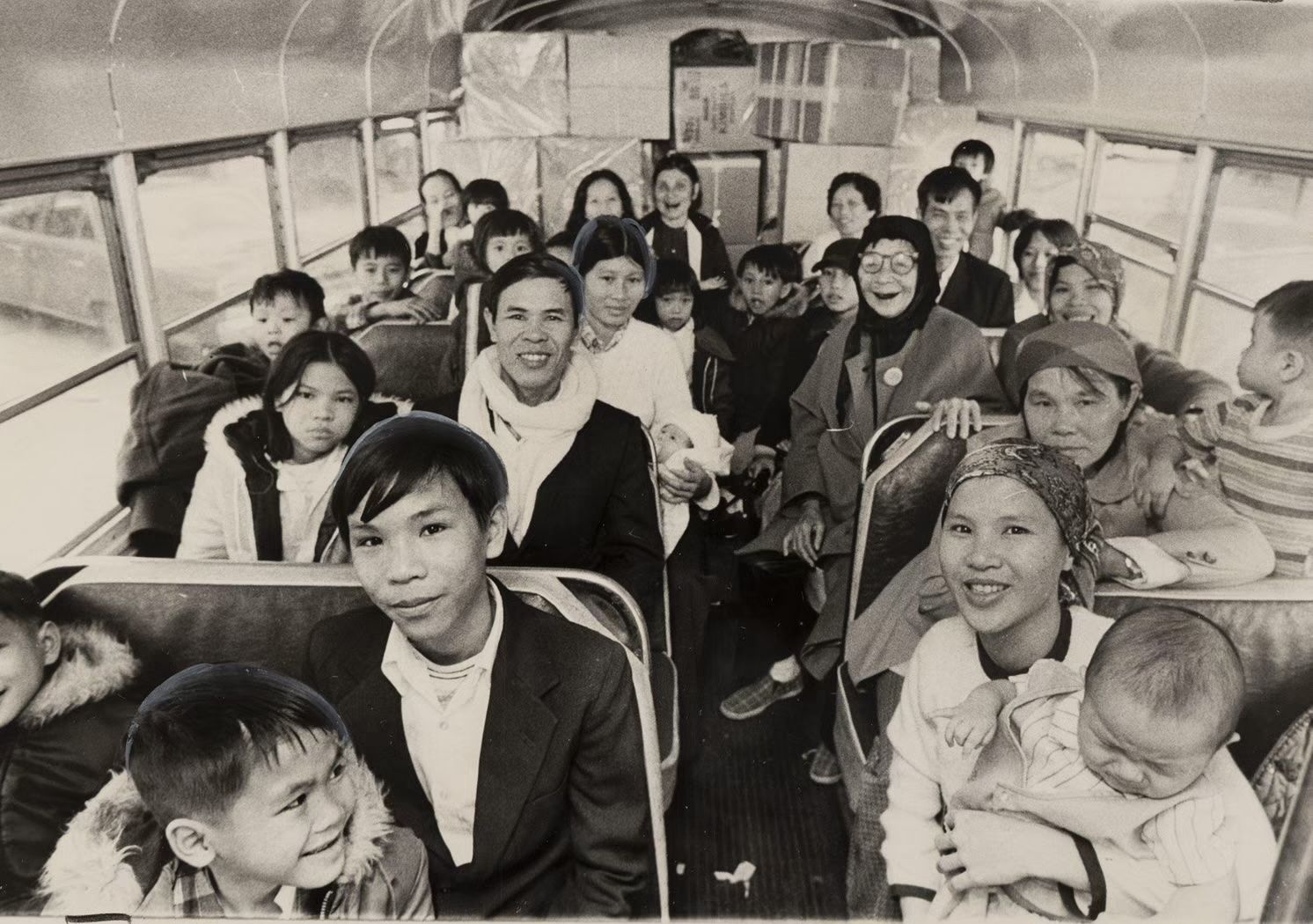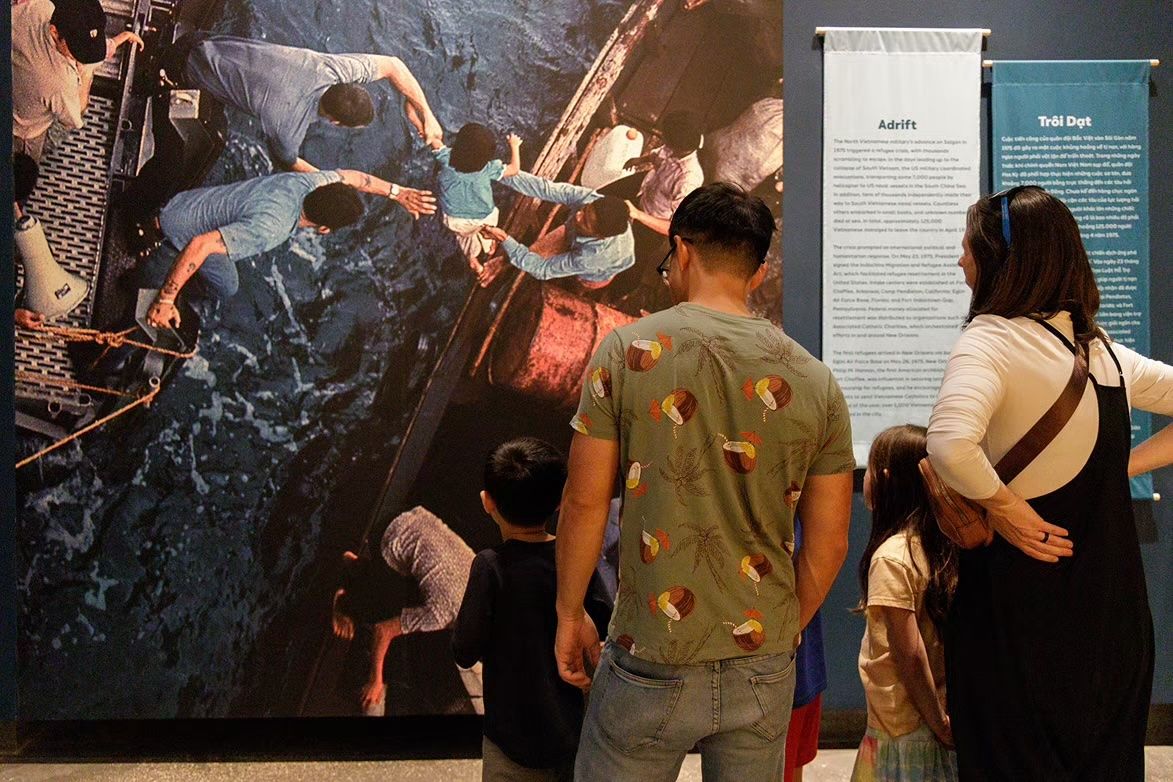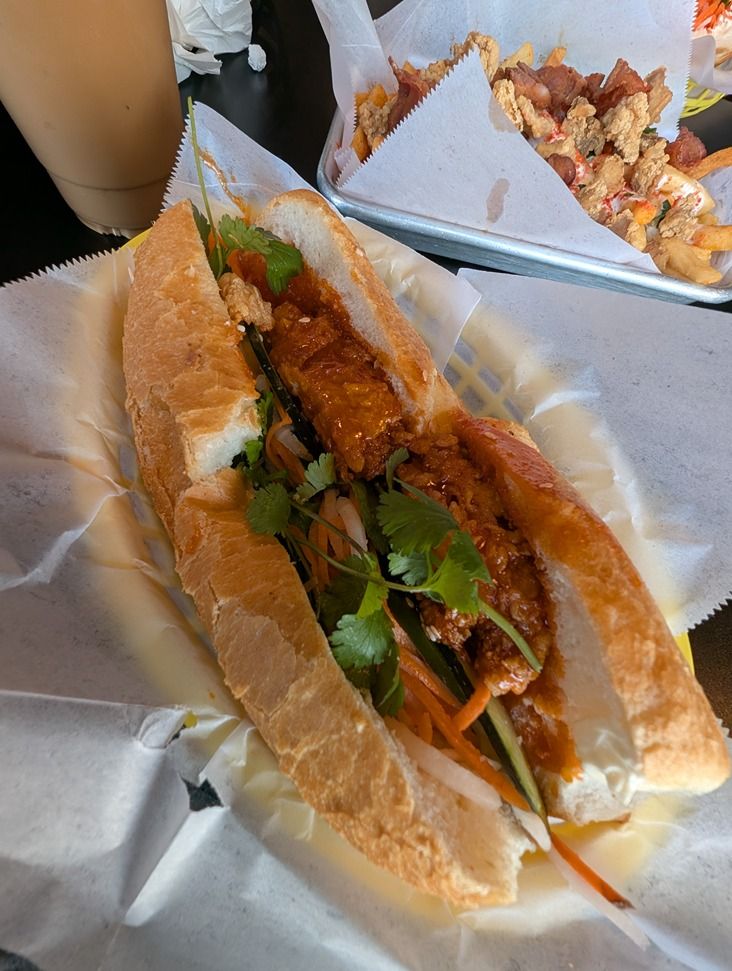50 Year Anniversary of Vietnamese in New Orleans
From the fall of Saigon 50 years ago to the rise of the bánh mì, Vietnamese culture in New Orleans is honored during Asian American Month.
On April 30, 1975, the South Vietnamese capital of Saigon fell to the North Vietnamese Army, bringing an end to the Vietnam War. Between the years of 1975-1978, over 200,000 Vietnamese immigrated to the United States, many of them airlifted and transported to refugee centers throughout the U.S.
After a 1975 visit to the refugee camp in Fort Chaffe, Arkansas, Archbishop of New Orleans Philip Hannan worked with the United States Catholic Conference and Catholic Charities of New Orleans to relocate thousands of refugees to New Orleans.
Vietnamese Americans are currently the largest immigrant group in Louisiana, numbering approximately 33,000 statewide as of 2024, with about half that number living in the New Orleans metro tri-parish area.

Cyndi Nguyen, the first Asian American to serve on the New Orleans City Council (2018-2022 District E) and now a consultant for VIET (vietno.org, Vietnamese Initiatives in Economic Training), arrived with her family at the Arkansas refugee center in 1975. They first moved to Iowa but relocated to New Orleans after just three months. "My dad was a fisherman, and we were freezing in Iowa."
While Louisiana may not have the largest Vietnamese immigrant population in the U.S., it is perhaps the most concentrated. "In New Orleans East, we created a village," Nguyen noted. "You could walk to church, school, and the market. This helped people survive, especially those who first arrived."
The community in New Orleans East is still strong but not quite like when Nguyen was growing up. "As a kid, I would hang out at the Vietnamese market all the time. Now you just don't see that." However, she said, "Mary Queen of Vietnam Church remains our anchor." As the first Vietnamese Catholic parish established in the United States in 1983, it is best known for its annual Tết Festival and serves as a hub for the entire community.
"Over 80% of the local Vietnamese population is Catholic and brought with them unique ways of practicing their faith, which had developed over centuries in Vietnam. New Orleans is one of the few places where these Catholic rituals are still alive," said Mark Cave, senior historian at the Historic New Orleans Collection and curator of Making It Home: From Vietnam to New Orleans, currently on view at the HNOC until October 5, 2025. "Many of those we interviewed for this exhibit grew up in small Catholic villages in North Vietnam and fled south when the country was partitioned in 1954. They fled again after the Fall of Saigon in 1975 and often lived [in] several places before reuniting with family in New Orleans."

Vietnamese Cuisine
Although Vietnamese Americans make up slightly less than 3% of the local population, their cuisine plays a vital part in our culinary landscape. While it is difficult to get a firm statistic on the number of currently operating Vietnamese restaurants, tripout.online gave a headcount of 185 in 2020.
One of the best known is Dong Phuong (est. 1982), a nationally recognized Vietnamese restaurant and bakery that provides much of the city's po-boy breads and is renowned for its king cakes. From Phở Tàu Bay downtown (est. 1981) and Nine Roses Café in Gretna (est. 1992) to newer restaurants including Lilly's Café on Magazine Street (2012) and Mint on Freret Street (2014), experiencing local New Orleans food means experiencing local Vietnamese fare.
Vietnamese culinary contributions may be the most visible, but this anniversary year offers unique opportunities for experiencing more Vietnamese American voices, perspectives, and stories.

Vietnamese American Legacy
The 2025 One Book One New Orleans selection is a novel by local author E.M. Tran. "Daughters of the New Year offers an unforgettable cast of characters and calls readers to examine the art of storytelling within their own families and communities," said Dr. Megan Holt, OBONO's executive director. "It also calls on readers to more fully explore the ways in which the Vietnamese community has shaped New Orleans as we know it today."
The Ogden Museum of Southern Art has Hoa Tay (Flower Hands) on display through September 21, 2025, featuring emerging and established Vietnamese American artists working throughout the American South.
"It's so critical to tell our story and how we have contributed to the United States," said Cyndi Nguyen, who is working with local artist and filmmaker Sarah Bynum on a musical to be performed in Washington, D.C., in September 2025, which includes both her immigration story and Bynum's. Bynum was airlifted from South Vietnam in 1973 as part of Operation Babylift, then adopted and raised in New Orleans. Her film Where We Stand, released in 2024, is about the search for her biological parents, an African American father and a Vietnamese mother.
According to local author E.M.Tran, "I do think the Vietnamese communities in New Orleans are different today, mostly because those communities were set up and populated by people who are aging and passing away. But I think it's inaccurate to say that the fading away of that kind of community means that the type of community we're building in its place as a second or third generation isn't a 'strong Vietnamese community.' It's just different. Maybe it's not geographically or physically located in a neighborhood, but there are still many ways we show up for each other and build as a community, including through art, writing, film, gardening, activism, or even as a Mardi Gras krewe. We're organizing in different ways because the world we live in is much different, too."

